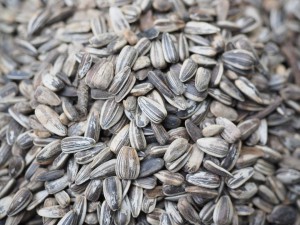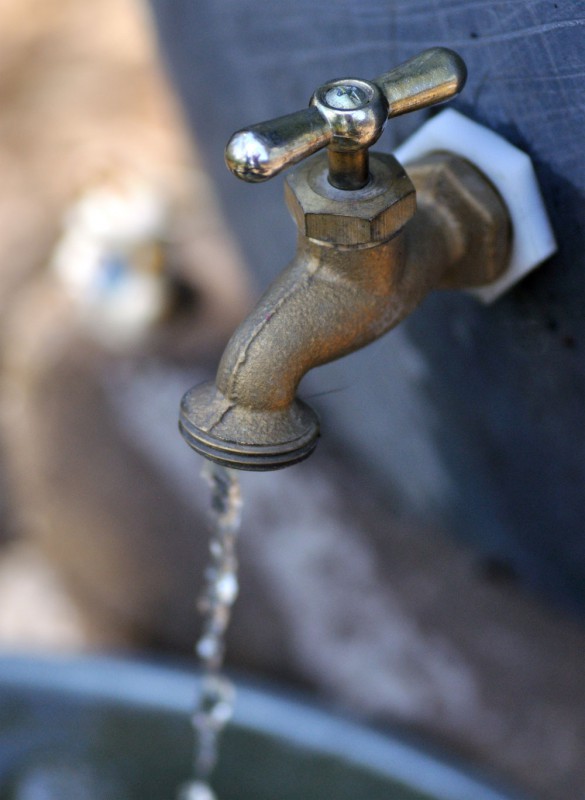No Salt of the Earth
The onset of cold weather means that our homes will soon be covered with snow and ice. The most common and inexpensive de-icing solution to prevent slippery surfaces is sodium chloride, which helps prevent ice from forming. Sodium chloride (often sold as “rock salt”) is just your everyday, run-of-the-mill table salt. Where’s the harm in that?
While a pinch or two of salt adds great flavor to your pasta water, if you dumped in an entire container it would spoil your delicious meal. The same applies to local waterways and the Chesapeake Bay. Small amounts of salt may be relatively harmless. However, the Chesapeake Stormwater Network estimates that about 2.5 million tons of salt are applied to sidewalks, driveways, and roads in the Chesapeake Bay region each year.
When the weather warms, the water from the melting snow and ice carries all that salt onto your yard, into storm drains, and eventually into local waterways and the Bay. The salt dissolves in the water, so there is no way to remove it once it has entered the watershed.

Sunflower seeds or other bird foods can add traction to your walkways- and also keep nearby song birds happy!
Not only is salt toxic to aquatic species, it can also contaminate drinking water, burn your pet’s paws, and corrode paved surfaces, buildings, and cars. Salt also soaks into the soil, which dehydrates plants and limits their growth. Some common side effects of salt include bare patches of lawn, brown leaves, or lack of flowers. Less plants growing along yards and roadways also encourages erosion, which contributes excess sediment to the water.
So how can we stop the assault of salt? Your best bet is to use physical methods, such as a shovel or snow-blower, since they are the most effective and least harmful tactics for snow and ice removal. It’s easiest to do this after it stops snowing, but before it freezes.
If you live in an extremely cold area, then you may need to use liquid de-icer chemicals. These work best if used before a snowstorm occurs, so make sure you pay attention to the weather forecast. You can apply less of a liquid de-icer, and cover a larger surface than granular forms, which saves you money and reduces your chemical usage.
One alternative de-icer is sand. While it’s a better option than salt, it can clog storm drains and streams. If you apply sand to your driveway or walkways, make sure to sweep up the excess so it does not run off your yard. Other options are birdseed or Safe Paw™, both of which are biodegradable and safer alternatives for pets and wildlife.
By halting your salt usage and trying other options, you’ll be able to keep your sidewalk and driveway free of snow, and your waterways clear of polluted runoff.
For more information, visit:
Myth: Road and Sidewalk Salt Is Natural and Just Disappears (via Ecomyths)
Choose Safer De-icing Chemicals (via Mother Earth News)
What Is the Best Deicer? (via About Chemistry)
Caring for Your Pup’s Paws in the Winter (via Petfinder)
Do Road Salts Cause Environmental Impacts? (via Maryland Department of Natural Resources)
Salinisation of rivers: An urgent ecological issue (via Environmental Pollution)
